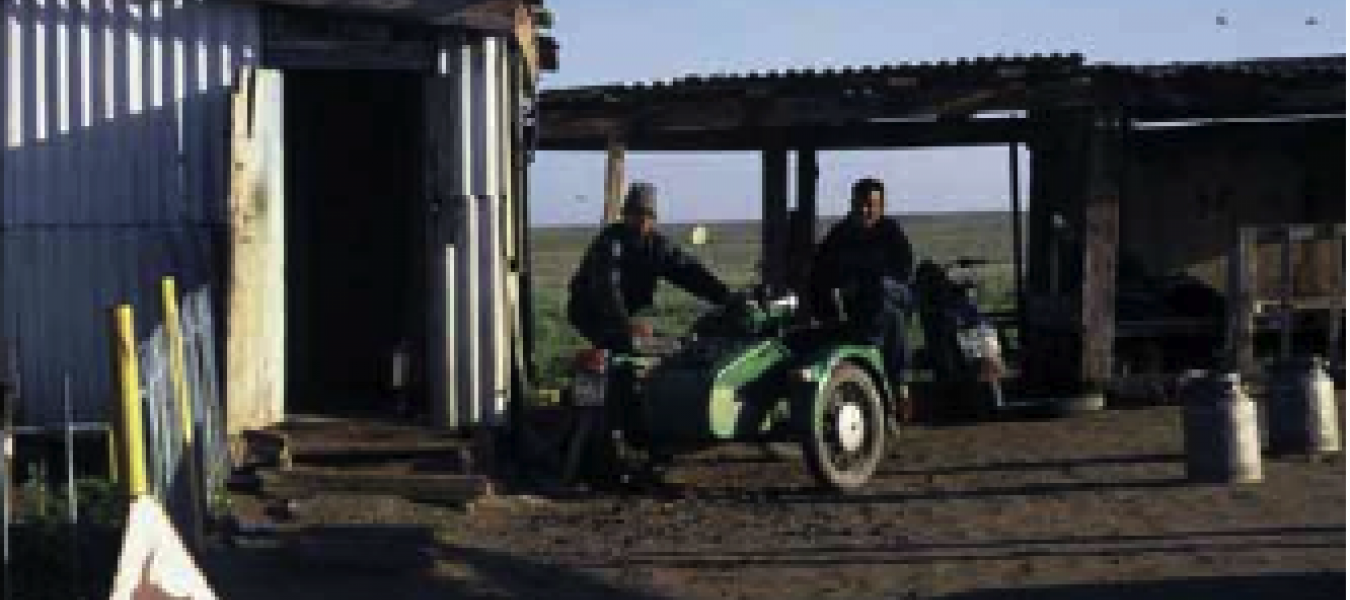Saiga Antelope Trade: Global Trends With a Focus on South-East Asia

The Saiga Antelope Saiga tatarica inhabits the semi-arid deserts of Central Asia; it is found in Kazakhstan, Mongolia, the Russian Federation and in parts of Turkmenistan and Uzbekistan. The species has been hunted for its horns, meat and hides for several centuries and there are records of historic exports of Saiga Antelope horns (henceforth referred to in this summary as Saiga horns) to China in the 18th century. Saiga horns are also known as ling yang (羚羊) and used in Traditional Chinese Medicine.
By the early 20th century, hunting had reduced Saiga Antelopes to near extinction but, following a ban on hunting, the populations recovered and commercial hunting of Saiga Antelopes resumed in the 1950s and continued until the late 1990s.
However, the situation changed dramatically with the collapse of the Soviet Union in the early 1990s and resulted in a sharp increase in poaching of Saiga Antelopes throughout the species's range. Over the last 10 years the population has shown a decline of over 90%, mainly owing to poaching for trade in Saiga horns and other products, such as meat. The horns, which are only borne by the males, are the main target of poachers and are traded to East and South-east Asia, where they are used in traditional Asian medicine. The selective hunting of males has resulted in a skewed sex ratio and reproductive collapse. The global population of the nominate subspecies, S. t. tatarica, is now estimated to be at around 56 300-61 300 animals, down from 1 250 000 in the mid-1970s.
China is the largest importer of Saiga horns. However, South-east Asia is also known to have a large demand for Saiga horns for use in traditional medicines and to play an important role as a trading or transit region for Saiga horns. Since 2002, the Saiga Antelope has been listed as Critically Endangered in the IUCN Red List of Threatened Species and it has been listed in Appendix II of the Convention on International Trade in Endangered Species of Wild Fauna and Flora (CITES) since 1995. It is also listed in Appendix II of the Convention on the Conservation of Migratory Species of Wild Animals (CMS).
The aim of this project, which was commissioned by the CITES Secretariat, was to compile up-to-date information on current trade in Saiga products and derivatives, focusing on some key areas. These key areas included analysis of global trade in Saiga parts and derivatives, undertaking market research in Malaysia and Singapore, compiling information on the population status, levels of poaching and trade in Kazakhstan, the Russian Federation and Uzbekistan, and providing information on the availability and management of stockpiles of Saiga parts in some important consumer States, such as China. More general information on the demand, availability and recent trade trends in Saiga horns in China has been recently compiled by the Wildlife Conservation Society on behalf of the CITES Secretariat.
The information used in this report was compiled from literature references and interviews with Saiga Antelope experts and government officials, market surveys in Malaysia and Singapore, and an analysis of global trade figures for Saiga parts and derivatives, as recorded in the CITES trade database.
